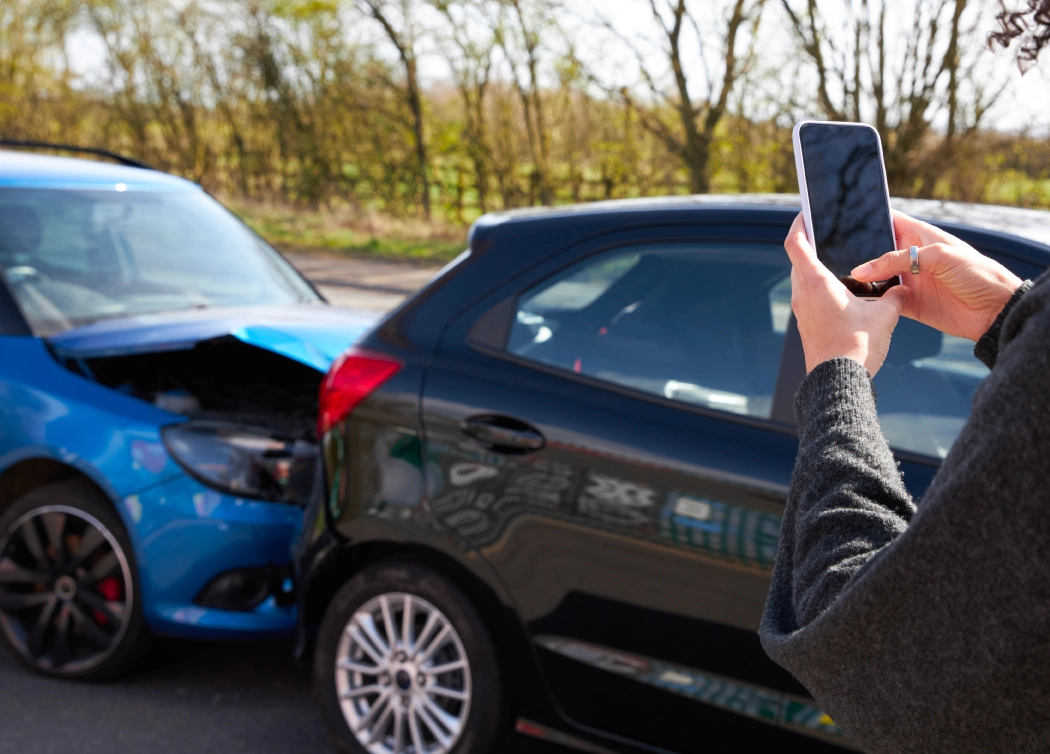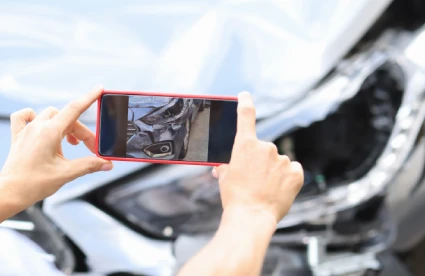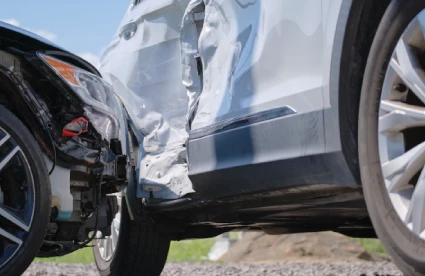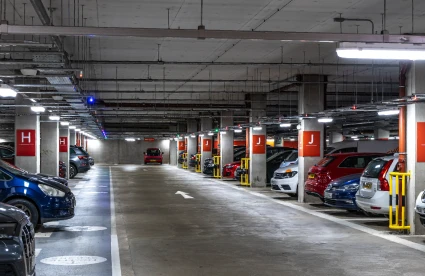Rear-ended - who’s at fault?
Rear-end collisions are one of the most common types of road traffic accidents, where one vehicle hits the back of another.
A common misconception in the UK is that the driver behind is always at fault, but this isn’t always the case.

Determining fault in a rear-end collision
Straightforward non-fault scenarios
Exceptions to the ‘general rule’
How to prove you weren’t at fault
What causes rear-end collisions?
After a rear-end collision: your first steps
How Auto Claims Assist can help if you were not at fault
FAQs for Rear-End Collisions
What if the other driver admitted fault at the scene but is now denying it?
What if I have been injured in the collision?
Will I have to pay for your service?
Auto Claims Assist
Advice and support when you need it most.
Related articles
/
Request a callback





